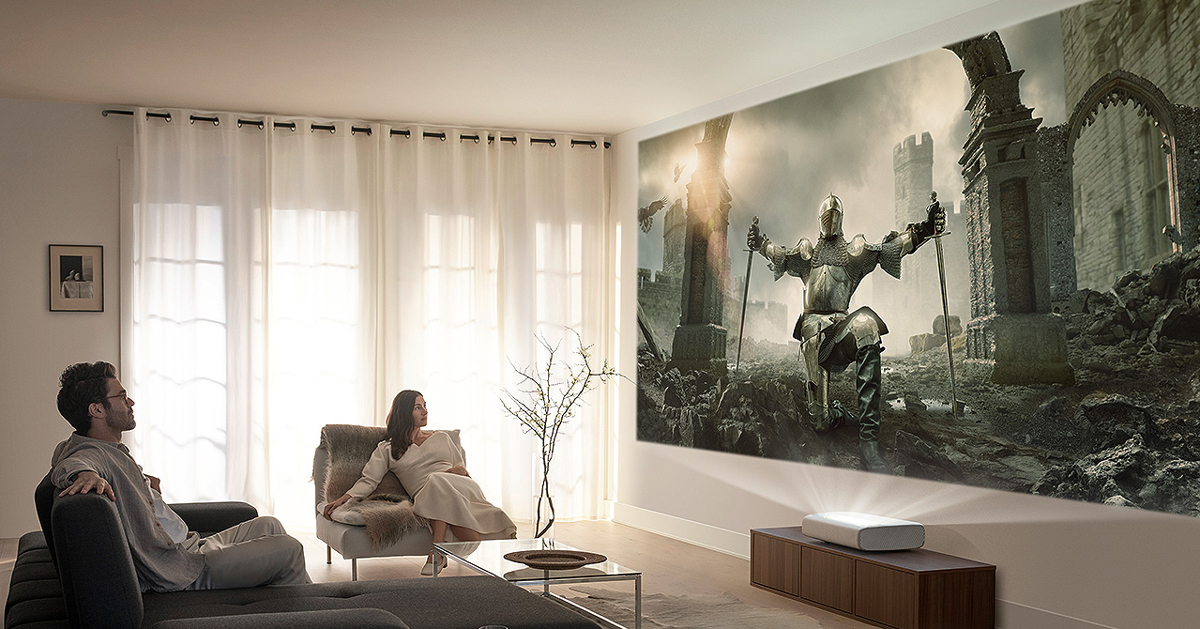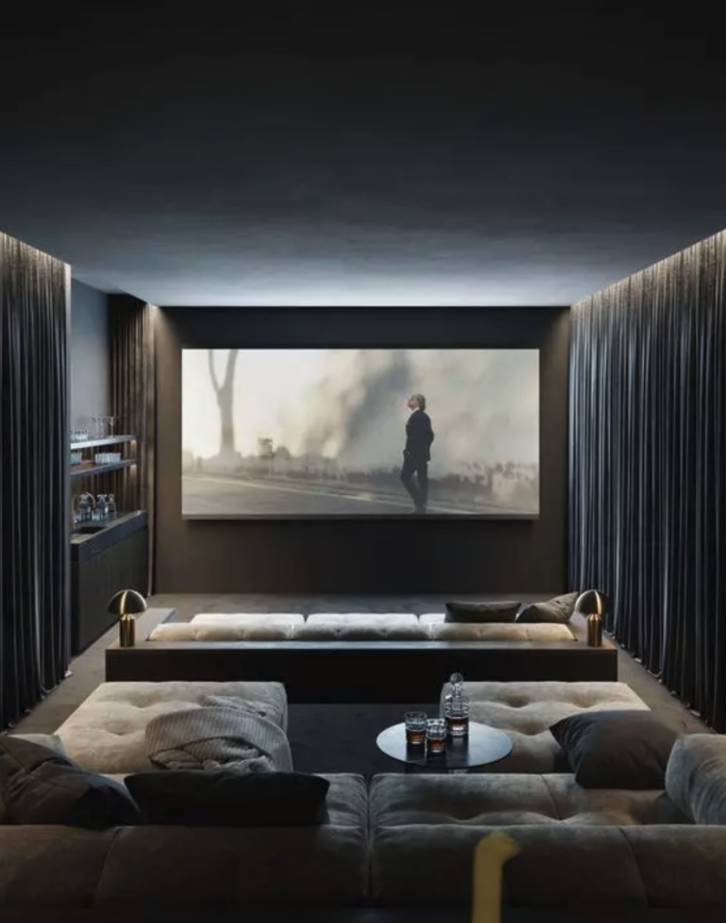Professional Tampa Home Theater Installation for a Seamless Experience
Professional Tampa Home Theater Installation for a Seamless Experience
Blog Article
Home Theater 101: Whatever You Need to Know for a Cinematic Experience in the house
Producing a home movie theater that matches the motion picture experience of a commercial theater includes careful consideration of multiple components, consisting of display option, stereo, and space design. Each element plays a critical role in accomplishing the desired setting and performance. Whether you are pondering the ideal display size or the ins and outs of surround sound, understanding these fundamentals is necessary. As we explore these vital components, it ends up being obvious that the choices made can considerably influence your general viewing experience, leaving one to consider how these choices will form your individual cinema.
Choosing the Right Screen
When establishing a home movie theater, selecting the right screen can make or break the seeing experience - tampa home theater installation. The display acts as the focal point of your setup, influencing image top quality, checking out angles, and total visual. Trick aspects to take into consideration include display type, size, and resolution
Initially, determine the suitable screen size based on your area dimensions and seating distance. Next, pick between numerous screen kinds, such as fixed-frame, motorized, or retractable displays, each offering distinct advantages.
Resolution is an additional crucial factor. For a genuinely immersive experience, think about a display made for 4K or perhaps 8K web content, guaranteeing intensity and quality. Additionally, take into consideration the screen's gain, which affects brightness and contrast; a higher gain can improve brightness in well-lit spaces, while a lower gain might be preferable for darker settings.
Choosing Sound Equipment
Audio devices is a crucial element of any type of home cinema system, substantially boosting the total watching experience. The option of audio gear can identify the depth, clearness, and immersion of noise, crucial for creating a cinematic atmosphere.
When picking audio equipment, consider a border audio system, which normally consists of a receiver, numerous audio speakers, and a subwoofer. A 5.1 or 7.1 channel system is recommended, where the first number represents the audio speakers and the 2nd the speaker, giving an immersive soundscape. The receiver is the heart of the system, handling sound and video clip signals, and must support modern styles like Dolby Atmos for an improved spatial experience.
Quality speakers are important; seek designs that use a balanced sound account with good bass response. Floor-standing audio speakers can generate richer noise, while bookshelf options conserve area. Additionally, consider wireless alternatives for simplicity of installation, although wired systems commonly deliver superior efficiency.

Optimal Seating Arrangements
Creating a perfect home cinema experience hinges considerably on optimal seating arrangements. The plan of seats plays an important duty in both comfort and seeing quality, straight influencing the general cinematic experience.
First, think about the screen size and watching distance. A common standard is to position seats at a distance around 1.5 to 2.5 times the angled size of the display. This makes certain an immersive experience without straining the eyes.
Following, elevation is critical. If your seats is in a tiered layout, the back rows ought to be more than the front to avoid obstructions. For level seating, guarantee that the front row is not too near to the screen, which every person has a clear line of vision.
Furthermore, consider the arrangement in terms of social characteristics. Group seating can boost the public experience, while specific seats might be favored for personal watching.

Lastly, focus on comfort with ergonomic seats that supports extensive viewing periods. Incorporating reclining chairs or cushioned seats can substantially enhance the experience, making the home theater a recommended destination for both enjoyment and leisure.
Lighting and Setting
Effective illumination and setting are essential parts of a properly designed home cinema, as they significantly affect the viewing experience. The best illumination can enhance the cinematic feeling, while poor choices can take away from it. For optimal results, take into consideration a split lighting strategy that consists of ambient, task, and accent lights.
Ambient check over here illumination supplies basic additional hints lighting, ensuring that the area is not completely dark, which can strain the eyes. Dimmer switches are extremely recommended, allowing for modifications based on the material being viewed. Job illumination, such as wall surface sconces or flooring lamps, uses useful illumination for activities like analysis or navigating the space without interrupting the general environment.
Accent illumination can be used to highlight architectural features or develop prime focus, adding depth and interest to the room. LED strip lights behind displays or along shelves can provide a refined radiance that improves the visual experience without frustrating the visitor.

Wiring and Installation Tips
A well-planned electrical wiring configuration is vital for accomplishing optimum performance in your house theater system. Appropriate wiring not just makes certain high-quality audio and video clip signals however also boosts the general visual of your area. Begin by drawing up your layout, identifying where each component will be placed, including your display, audio speakers, and receiver.
When selecting wires, focus on high-quality, properly evaluated wiring to lower signal loss. HDMI cable televisions should be used for video links, while audio speaker cable should match the specifications of your audio speakers and amplifier. Opt for in-wall rated cords to abide by safety and security standards and keep a clean look.
Final Thought
In summary, producing a phenomenal home cinema experience needs careful factor to consider of different components, including screen selection, audio devices, seating plans, illumination, and wiring. By prioritizing these aspects, a cinematic environment can be efficiently replicated, enabling for immersive seeing experiences that rival traditional movie theater settings.
Developing a home theater that measures up to the motion picture experience of a commercial theatre involves careful consideration of numerous parts, including screen choice, sound systems, and space layout.When my review here establishing up a home movie theater, selecting the best display can make or break the watching experience. Next, pick in between numerous display kinds, such as fixed-frame, motorized, or retractable screens, each offering distinctive benefits. For an absolutely immersive experience, consider a screen created for 4K or also 8K content, ensuring sharpness and clearness.In summary, developing a remarkable home theater experience calls for careful consideration of numerous aspects, including display option, audio devices, seating arrangements, lights, and electrical wiring.
Report this page